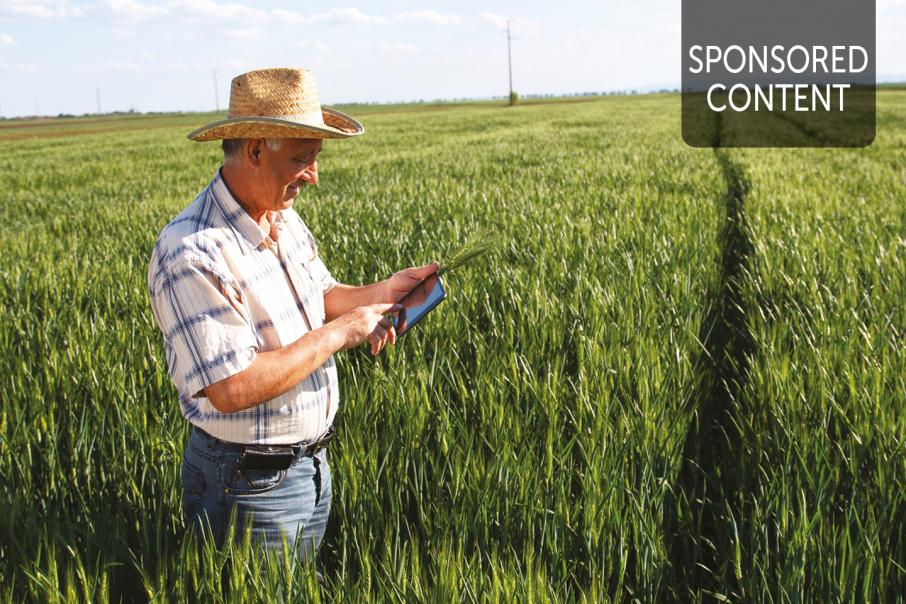

Western Australia has 1,064,700 square kilometres occupied by agriculture, and this vast area is supported by 35,000 people working in the agriculture, forestry and fishing industries. This workforce helps to support the growing and diversifying consumption habits of the global population against the backdrop of changing climatic conditions, evolving supply chains, increasing competition and more recently the impact of COVID-19 pandemic.
Further opportunity now lies in how West Australians can effectively use digital technologies and innovation to protect and extend the state’s competitive advantages in becoming a recognised agrifood leader.
This opportunity can be realised when all participants across the value chain are able to access, embrace and apply digital technologies. This can generate new levels of productivity and employment through improved insights and decision making enabled by better, shared and insightful data and Internet-of- Thing (IoT) devices such as sensors or automated vehicles.
When we imagine the benefits of digital technologies and innovation, we are considering how, for example, a grain producer in Western Australia’s South West Wheatbelt is able to:
- Gain insights into global and regional demand and supply factors by accessing local and international data sources and exchanges to support decisions about which crops to plant.
- Develop short and long term strategies about key weather, pest, cost and supply predictions from public and private service and data providers so that appropriate supplies are purchased and routes-to-market defined.
- Improve seeding and crop yield results by deploying technologies such as moisture sensors and soil and pH tests and relating these with historical and forecast yield data.
- Make better use of resources such as water with integration into the Bureau of Meteorology and local weather stations to access insights into weather history and forecasts.
- Develop a competitive advantage around yield, price, customer satisfaction and carbon footprint as to when to harvest, which port and logistics providers to use, how to track delivery and gain insights from customer satisfaction feedback loops.
To enable this opportunity, there are some obstacles that need to be overcome.
- Improved connectivity for fast, affordable and reliable digital telecommunications.
- Create and expose people within the sector to digital skills and technologies to evaluate opportunities.
- Enhanced data integration, interoperability and access across disparate systems.
- Develop a culture of trust and transparency that supports data sharing and innovation.
- Ensure that the technologies, data and systems are secure and safe with appropriate security protocols.
While challenging to enable, the opportunity for Western Australia is great. It provides a means for our regions to thrive, create new jobs and attract people to the sector.
Talk to our food and agribusiness specialists today, at KPMG.com.au















